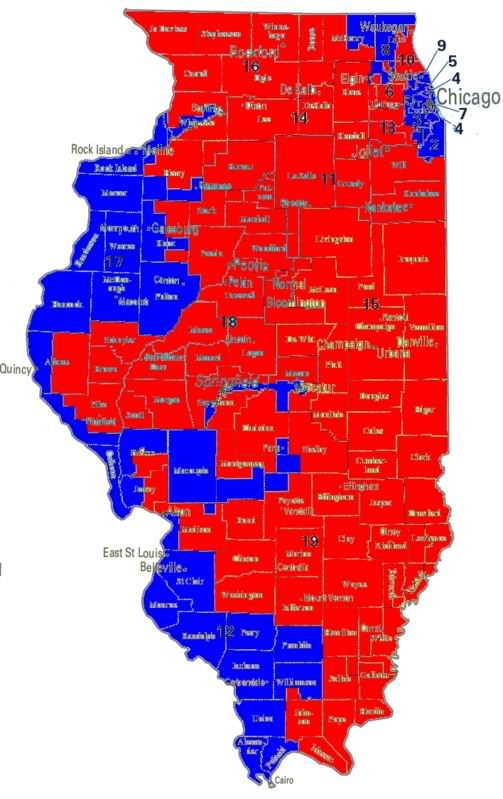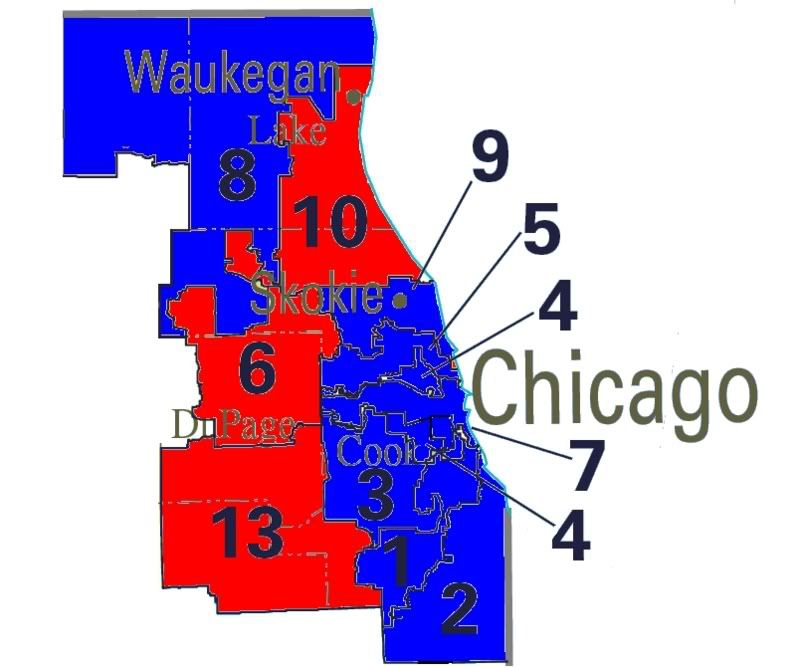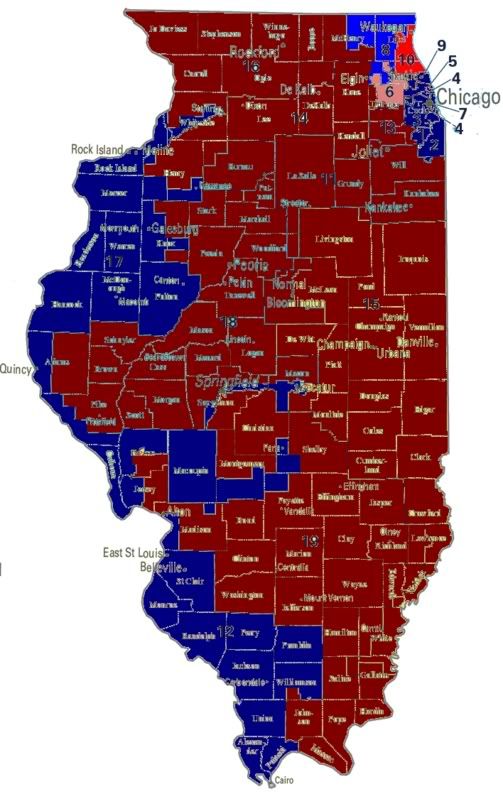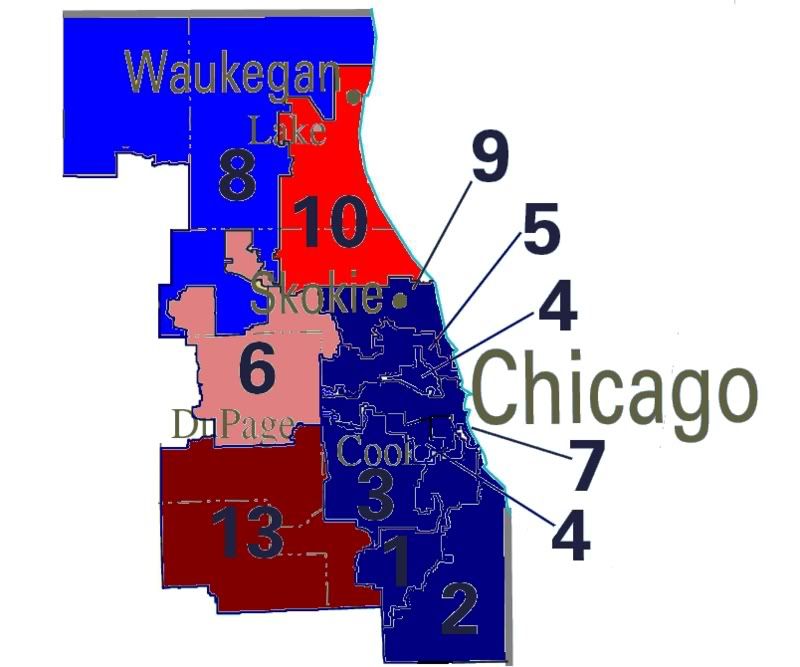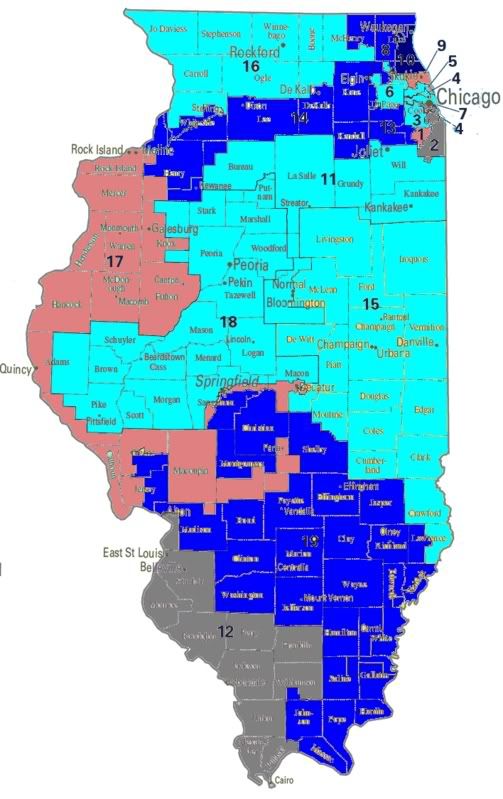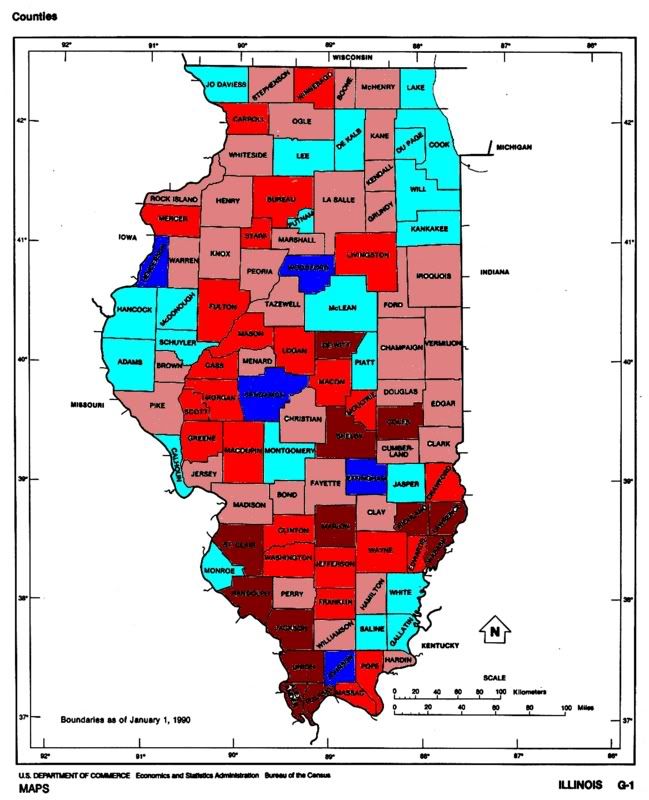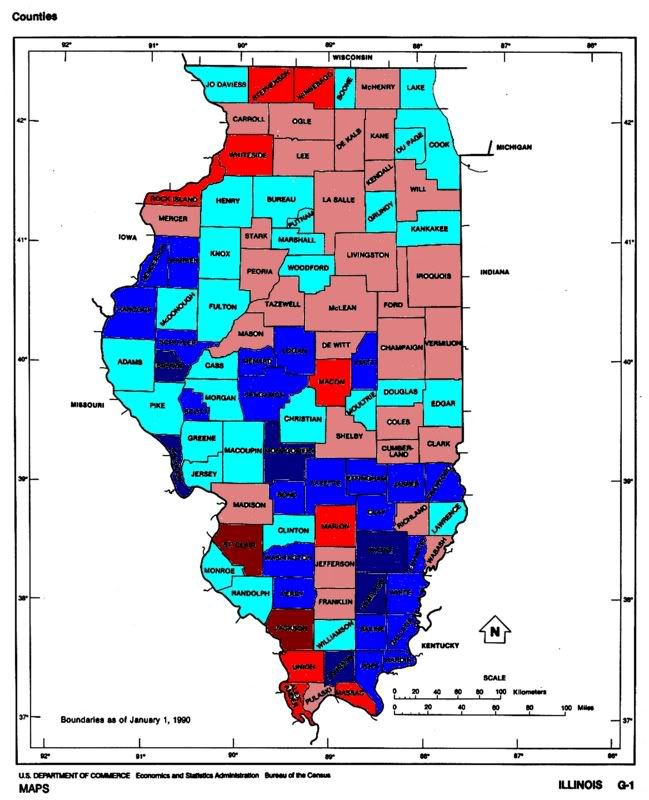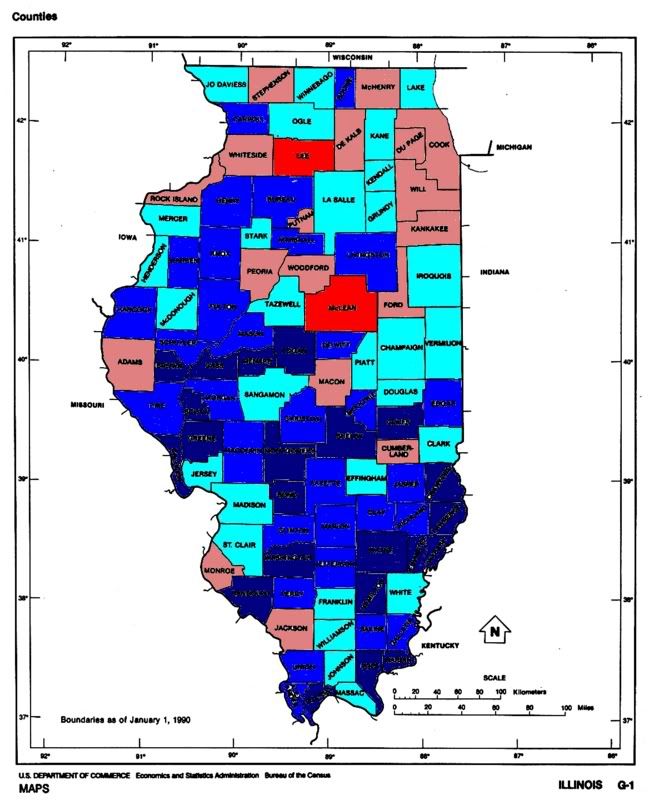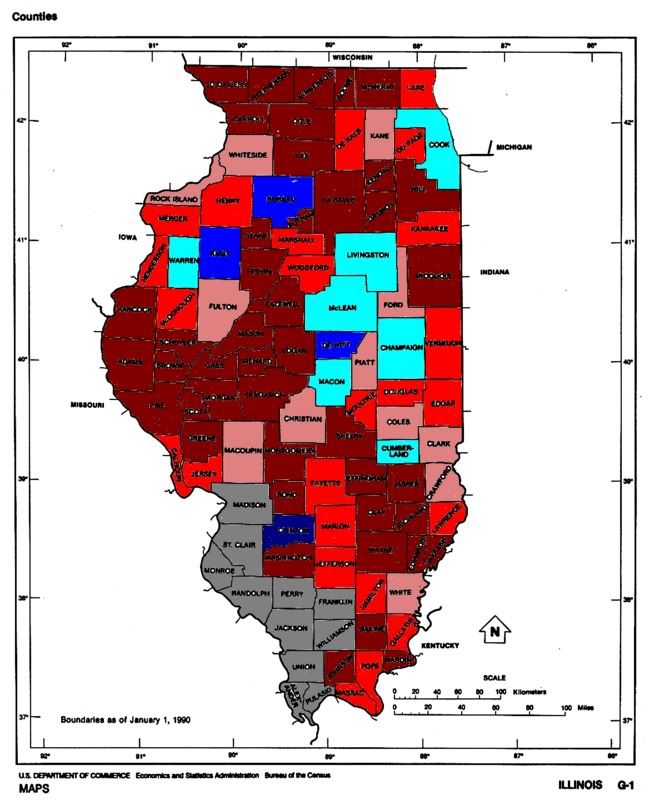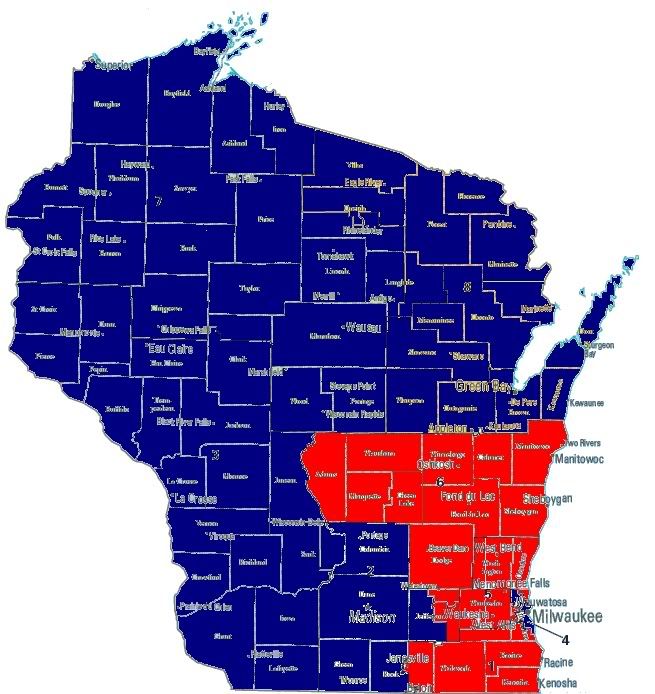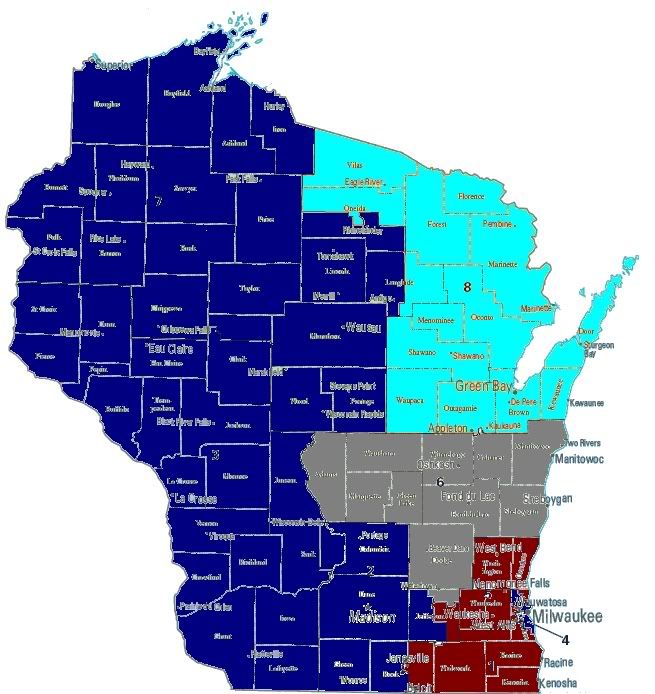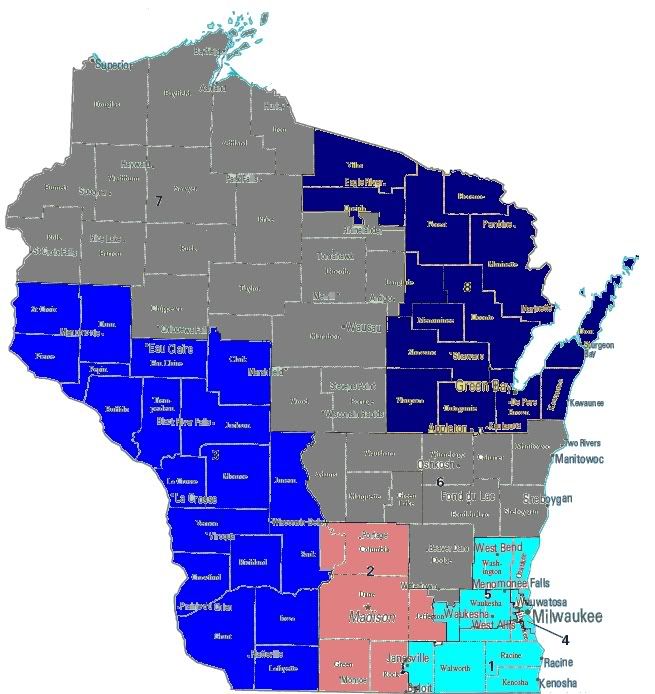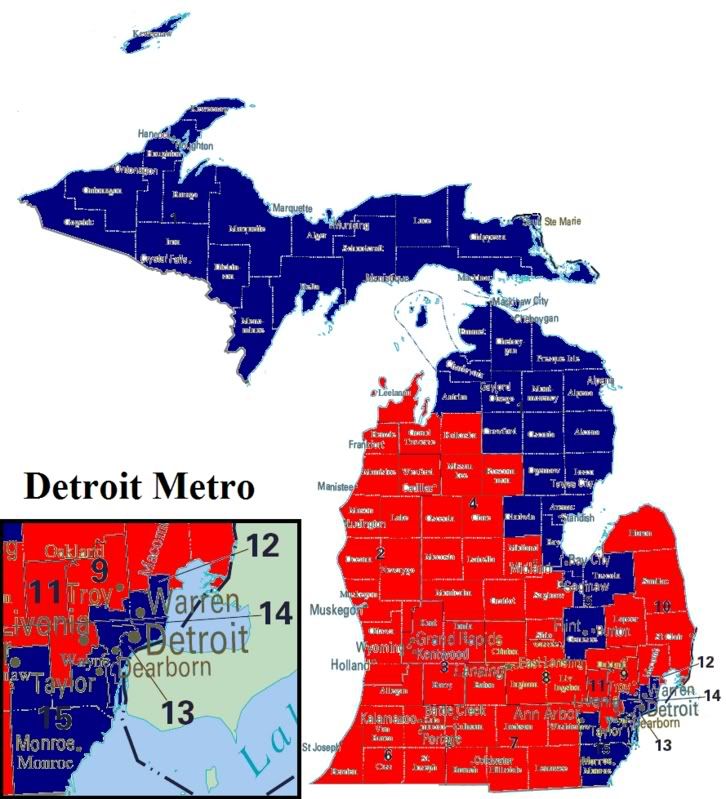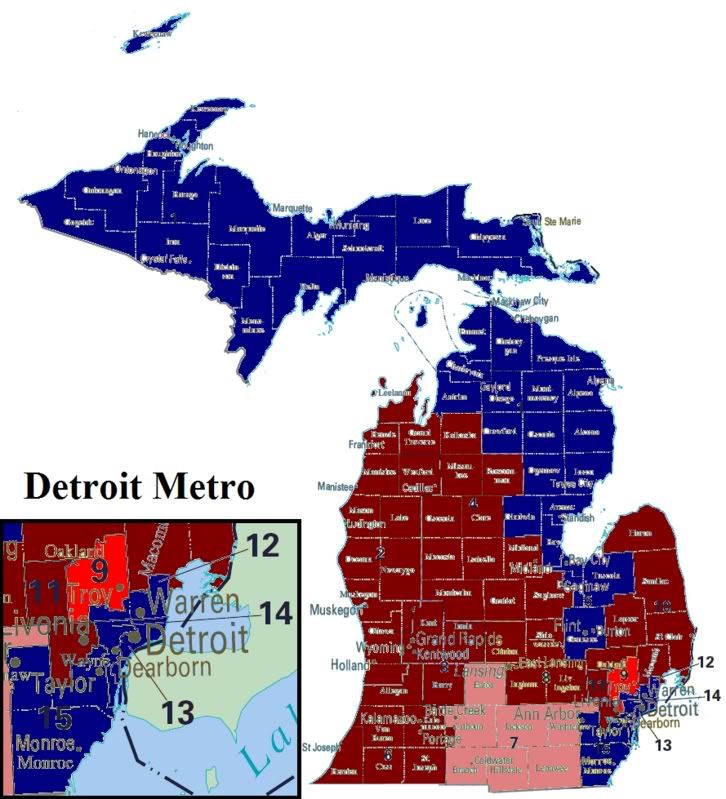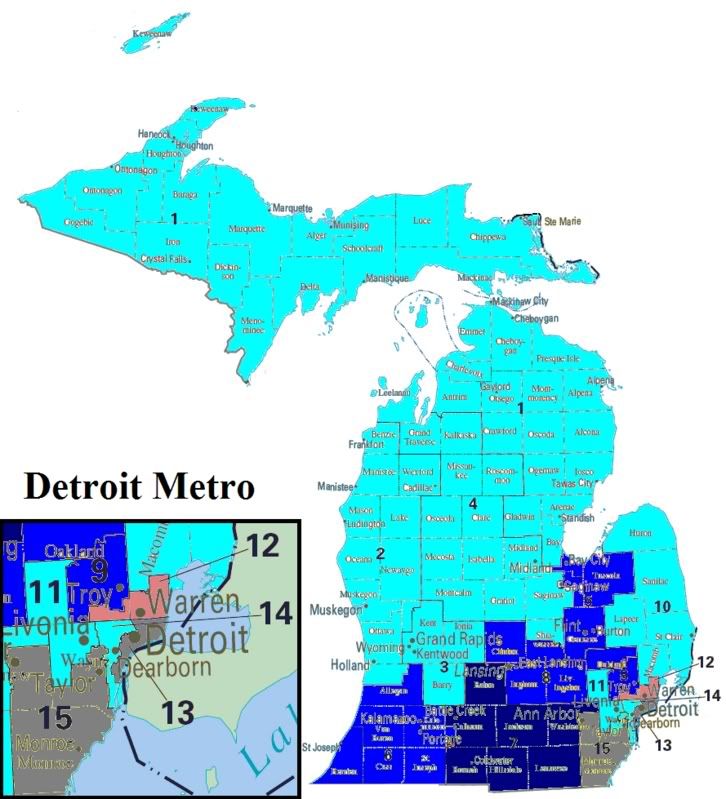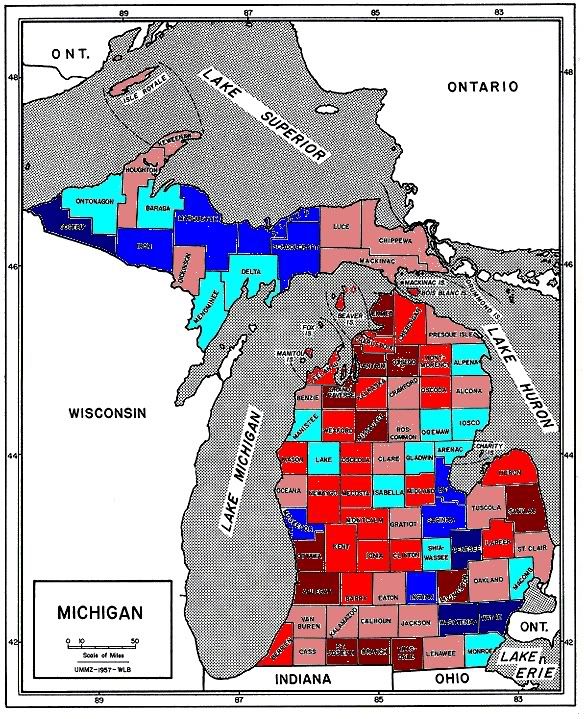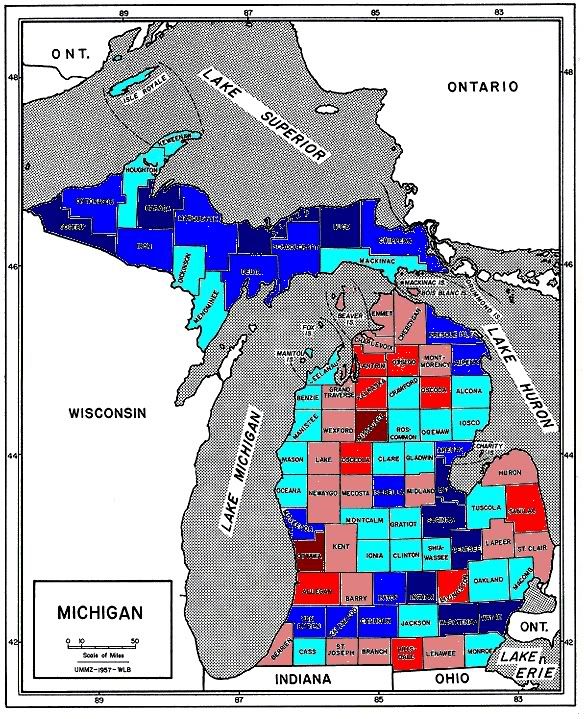(Great, great stuff. – promoted by James L.)
Cross-posted from MN Campaign Report and Big Orange at DavidNYC’s request – hope it’s up to snuff!
The National Journal (subscription req’d) recently dug into disbursement records for Congressional and Senate candidates in the 2006 election to answer an interesting question: How much did a given candidate spend on each vote he or she eventually received? Alternately, how efficiently did candidates spend their hard-earned warchests?
As noted, this is an interesting question, especially when it comes to Minnesota. The 2006 U.S. Senate race between Hennepin County Attorney Amy Klobuchar and Sixth District Congressman Mark Kennedy saw nearly $20 million in candidate committee disbursements, and the race between Michele Bachmann and Patty Wetterling to succeed Kennedy in his Congressional seat was quite expensive as well.
But there’s something missing from the National Journal’s analysis. Even in an underfunded position, a certain number of voters are always going to vote a certain way – what’s usually known as “the base”. The Republican base was never going to vote for Amy Klobuchar in statistically significant numbers, nor was the DFL base going to defect in droves to the Kennedy banner. It’s the votes beyond the base – the marginal votes earned – that might yield more insightful data.
Likewise, there’s a margin in terms of dollars spent. Even marginally competitive candidates are going to raise and spend at least a certain level of money – it’s what they raise and spend beyond that level that we can focus on as a measure of their effectiveness.
This Marginal Dollars per Marginal Positive Outcome has been used by Baseball Prospectus in analyzing clubs’ efficiency in spending – high-revenue teams like the Yankees, Red Sox, Cubs, and Dodgers pay dearly for each win above what a team of rookies, each paid the league minimum, would achieve.
Enough baseball – more political statistics!
Some definitions:
- —Net Disb: Net Disbursements from the candidate’s primary campaign committee, courtesy of FEC.gov
- —dBP: District Base Percentage. This is a somewhat fudged figure, based on convention wisdom about the political dynamics in each district and statewide. It accounts for a slight DFL tilt statewide, conservative tilts in the Second and Sixth Congressional Districts, a heavy tilt toward the DFL in the Fifth, and a generally even balance in the First.
- —dTV: District Total Votes. Total number of votes cast in this race for competitive major-party candidates. Fifth District candidate Tammy Lee counted in this analysis, as did John Binkowski in the Sixth, but Robert Fitzgerald and others did not.
- —Bvotes: Base votes. Candidate’s vote total times their base percentage – again somewhat fudged due to conventional wisdom.
- —Mvotes: Marginal votes. Total votes minus base votes – this is an attempt to represent votes the candidate earned over the course of the campaign beyond those that would vote for a carrot with the right letter after its name.
- —Mdisb: Marginal Disbursements. This is another somewhat fudged figure. In the several competitive congressional races in Minnesota, I defined the minimum spending level as that of Alan Fine, Republican candidate in the Fifth District, who raised and spent a shade under $200,000. For the Senate race, I defined “competitive funding” as a cool $3,000,000 – in an inexpensive media market, three million should provide at least a modicum of competitiveness in a statewide federal race. If anyone has a better figure for this, I’m all ears.
- —mD/mV:Marginal Dollars Spent per Marginal Vote Earned – the mother lode.
Caveats: There are several fudge points in this analysis, including the base percentages and disbursement levels. I hope they’re generally accurate. This analysis also does not account for larger political events and trends, including hurricanes, wars, and ineptitude leading to popular dissatisfaction. Nor does it account for independent expenditures by political parties and outside organizations, the effects of which are difficult to quantify.
Nevertheless, in the aftermath of 2006, this analysis may further clarify who spent money well and who did not.
The chart above reveals some interesting trends. Many of the mD/mV numbers make sense – Mark Kennedy spent a lot of money on each vote he earned, because he didn’t get many beyond his base. Tim Walz, in defeating entrenched incumbent Gil Gutknecht, spent his smaller warchest efficiently. Although Keith Ellison had a natural advantage in a DFL-friendly district, it turns out that he spent a fairly high dollar amount for each vote beyond the hardcore DFL vote, and Tammy Lee spent efficiently, if only to achieve a 25% finish. And fittingly, the Sixth District race saw two candidates spending massive amounts of money for each vote beyond their bases.
Given the final outcome, it appears that this was an extremely inefficient race on which to spend money.
